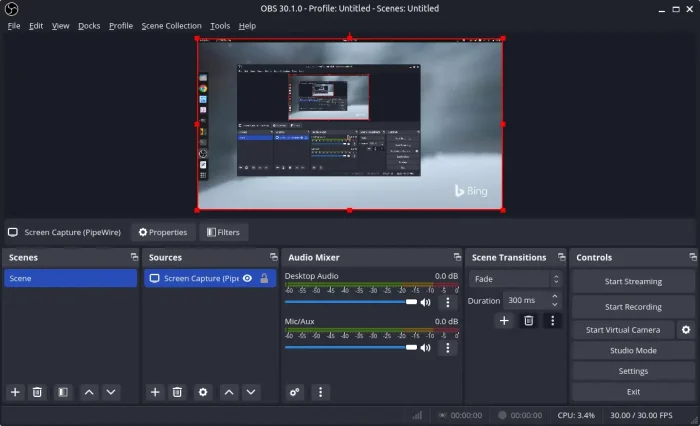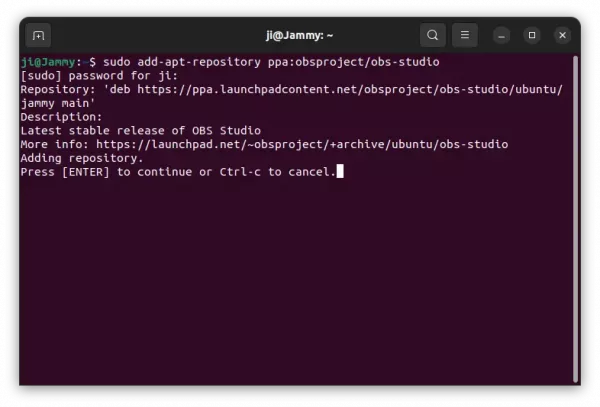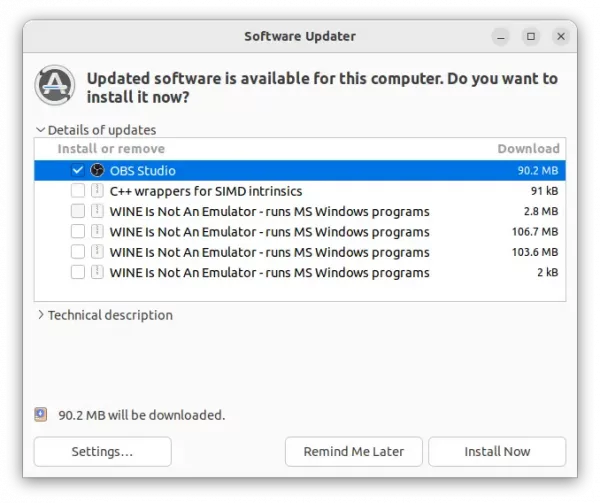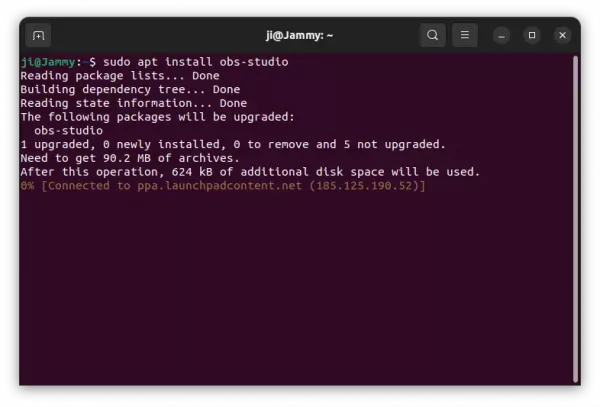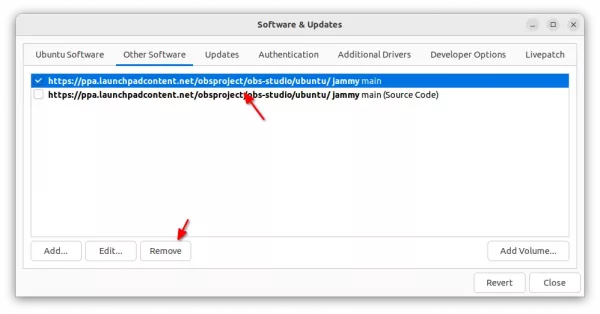OBS Studio, the popular free open-source live streaming app, announced new major 30.1 release this Wednesday!
The new release enabled HDR for HEVC over the RTMP protocol, AV1 HDR is not currently supported by YouTube.
OBS Studio 30.1 reworked Image Slideshow source to load files asynchronously, and fixed an issue where the slideshow would loop before showing all images. Existing Image Slideshow sources will continue functioning as before. To change them to the new version, you have to re-create them.
The release also added AV1 support for VA-API video hardware acceleration, and AV1 support for WebRTC/WHIP output.
Other changes in OBS Studio 30.1 include:
- Support Video Capture Device (PipeWire) source type
- HDR support for the Elgato HD60 X Rev.2
- Option for automatic cropping to bounding box
- maxRGB tonemapper for SDR in HDR Tone Mapping filter
- GPU rescaling options for streaming and recording outputs
- channel selection for CoreAudio input devices.
- Capture Audio option to window/game capture, and Premultiplied Alpha option for game capture for Windows.
How to Install OBS Studio 30.1
The screencasting and streaming app provides official .exe, .dmg, and .deb packages for Windows, MacOS, and Ubuntu, available to download at the link below:
For Ubuntu, there’s also an official PPA, so far supports for Ubuntu 22.04, and Ubuntu 23.10 on AMD/Intel platform.
1. First, press Ctrl+Alt+T on keyboard to open up a terminal window. When it opens, run command to add the PPA:
sudo add-apt-repository ppa:obsproject/obs-studio
Type user password (no asterisk feedback, just type in mind) when it asks and hit Enter to continue.
2. Then, either use Software Updater to upgrade the software package if an old version was installed on your system.
Or, use apt command to install/upgrade it:
sudo apt install obs-studio
NOTE: Linux Mint may need to run sudo apt update first to update package cache.
Once installed, search for and launch OBS Studio from ‘Activities’ overview or start menu depends on your desktop environment and enjoy!
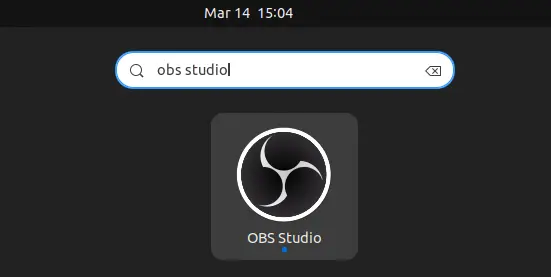
Uninstall OBS Studio
To downgrade the software to the stock version that’s available in system repository, run command to install ‘ppa-purge’ and use it to purge the PPA:
sudo apt install ppa-purge && sudo ppa-purge ppa:obsproject/obs-studio
Or, either open Software & Updates and remove the PPA source line under ‘Other Software’ tab:
or run command in a terminal window to remove the PPA repository:
sudo add-apt-repository --remove ppa:obsproject/obs-studio
Also, remove the OBS Studio package by running command in terminal:
sudo apt remove --autoremove obs-studio




